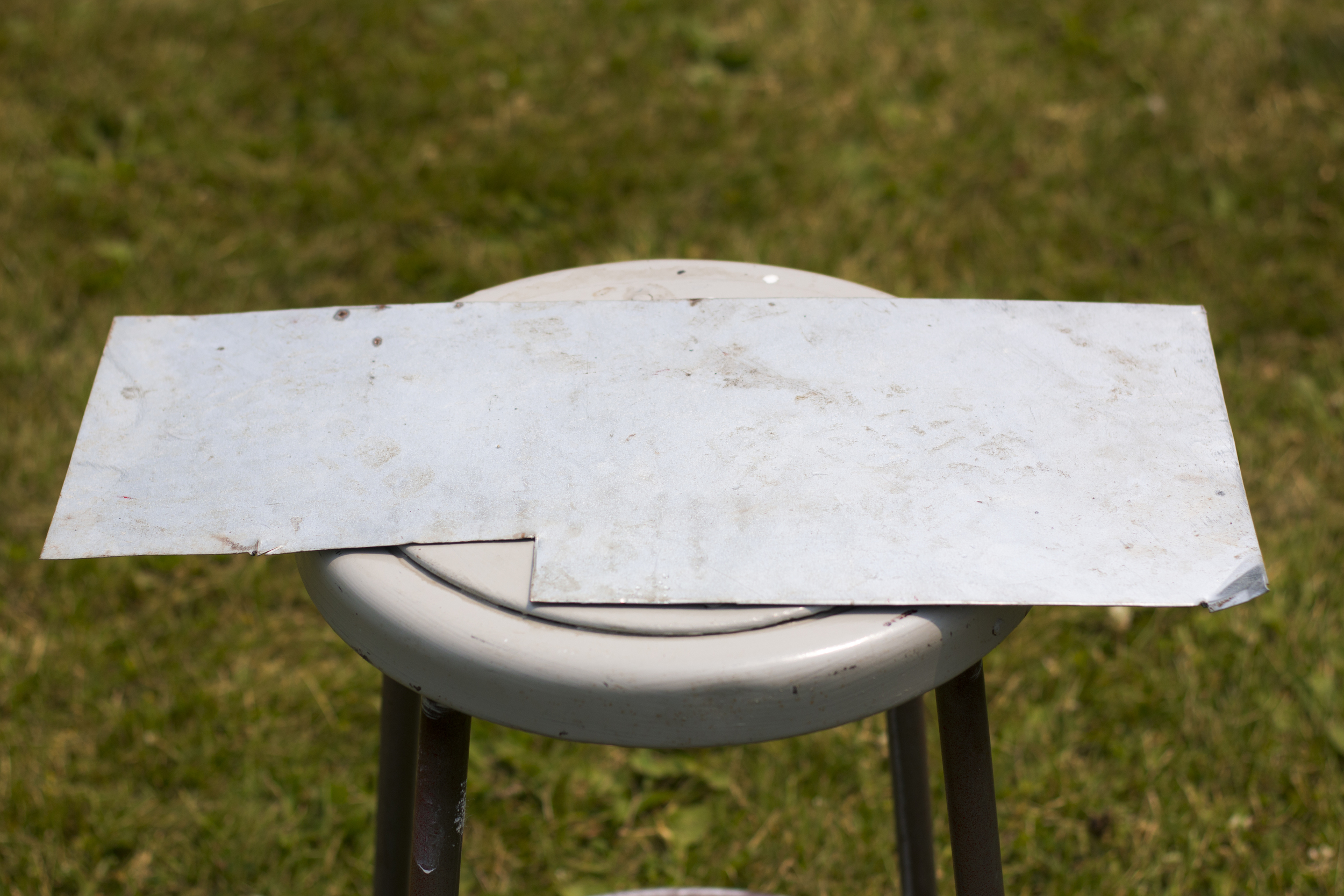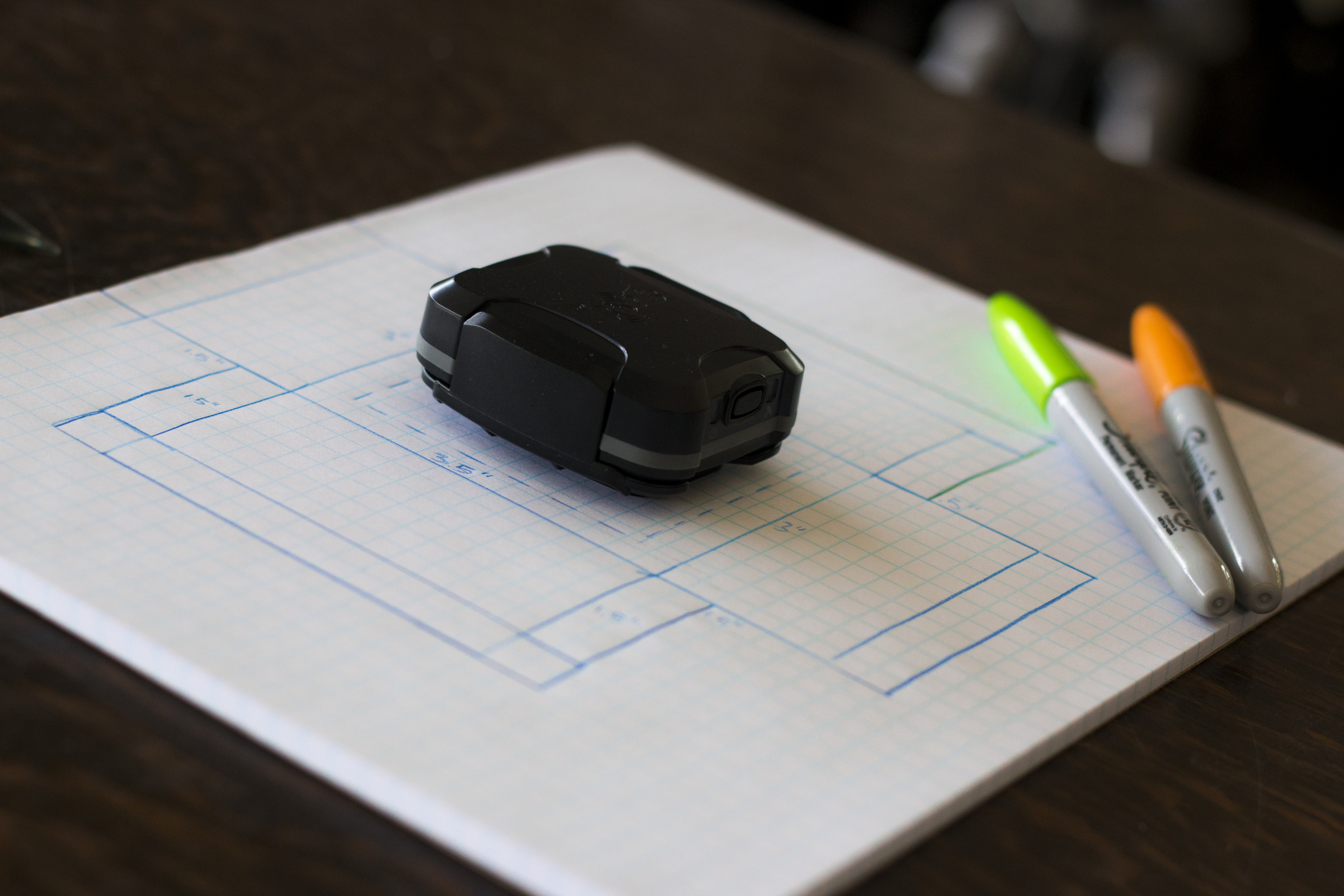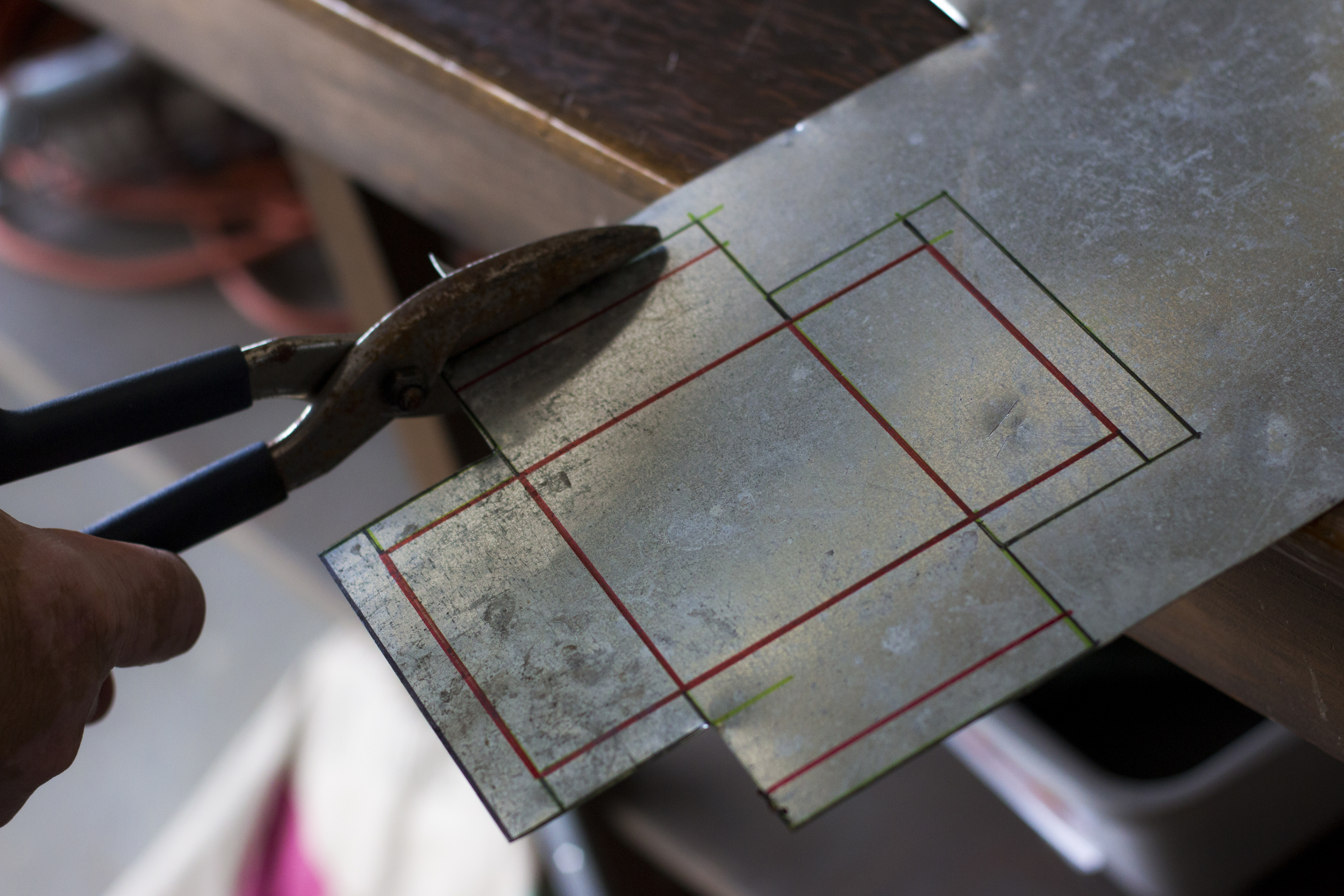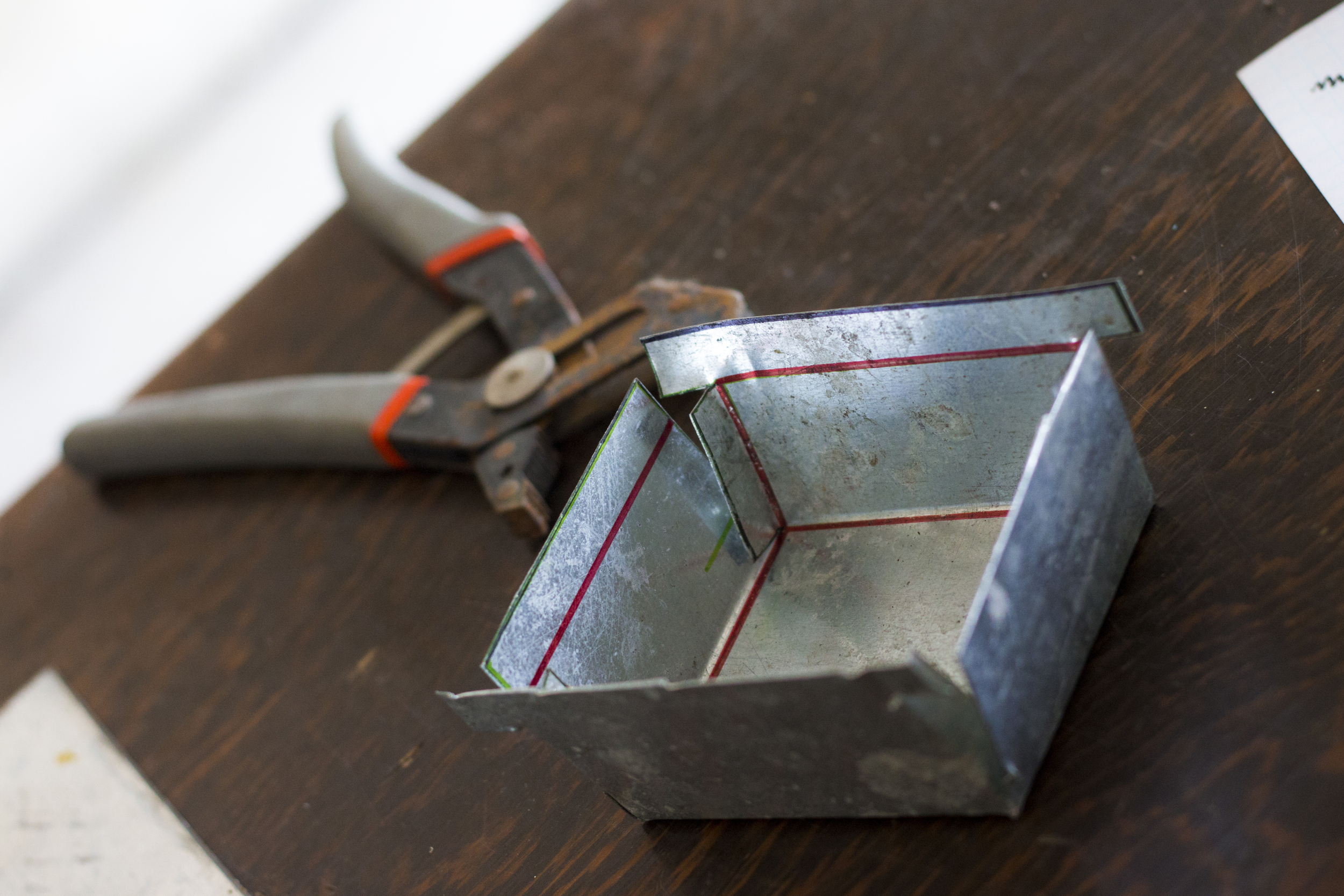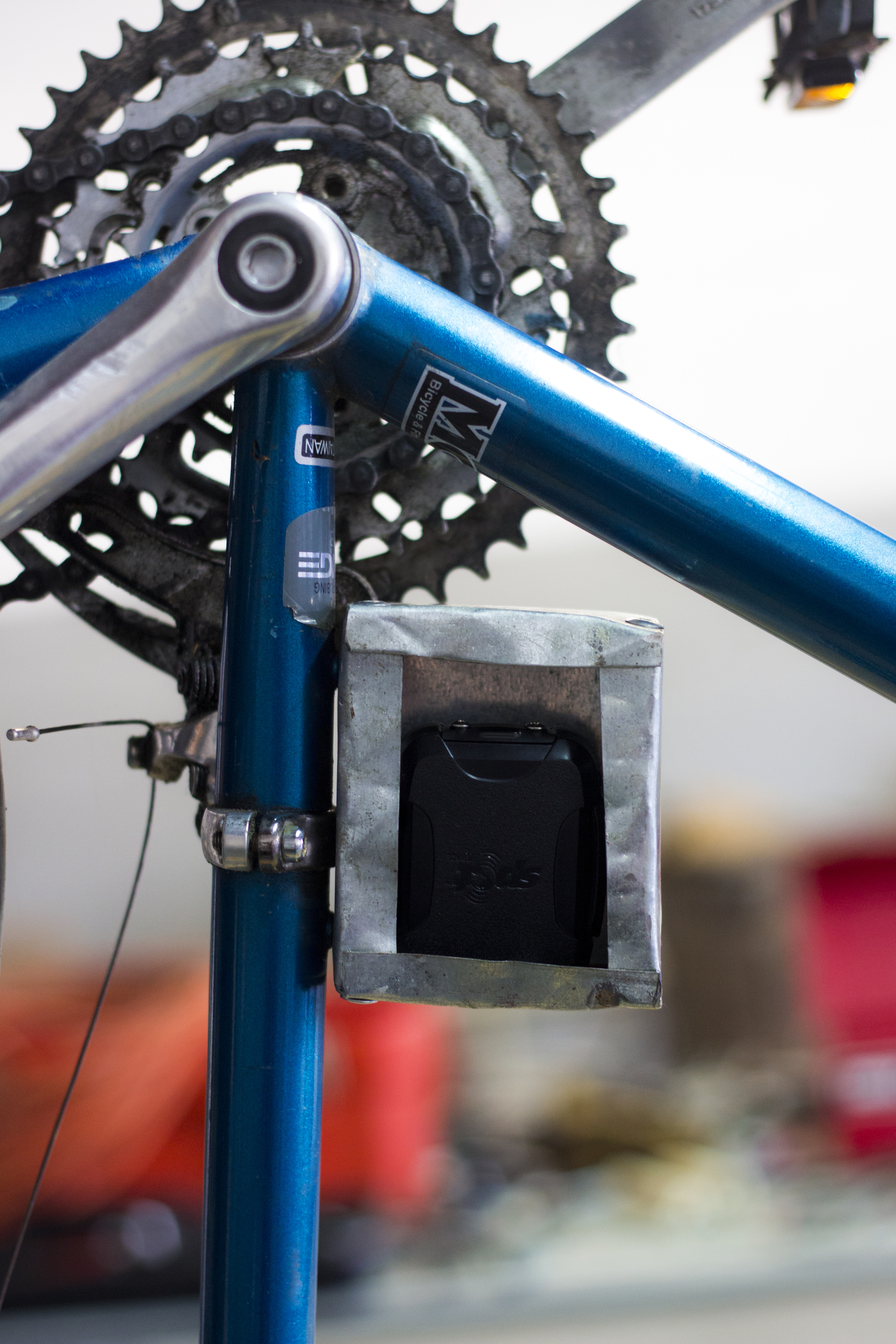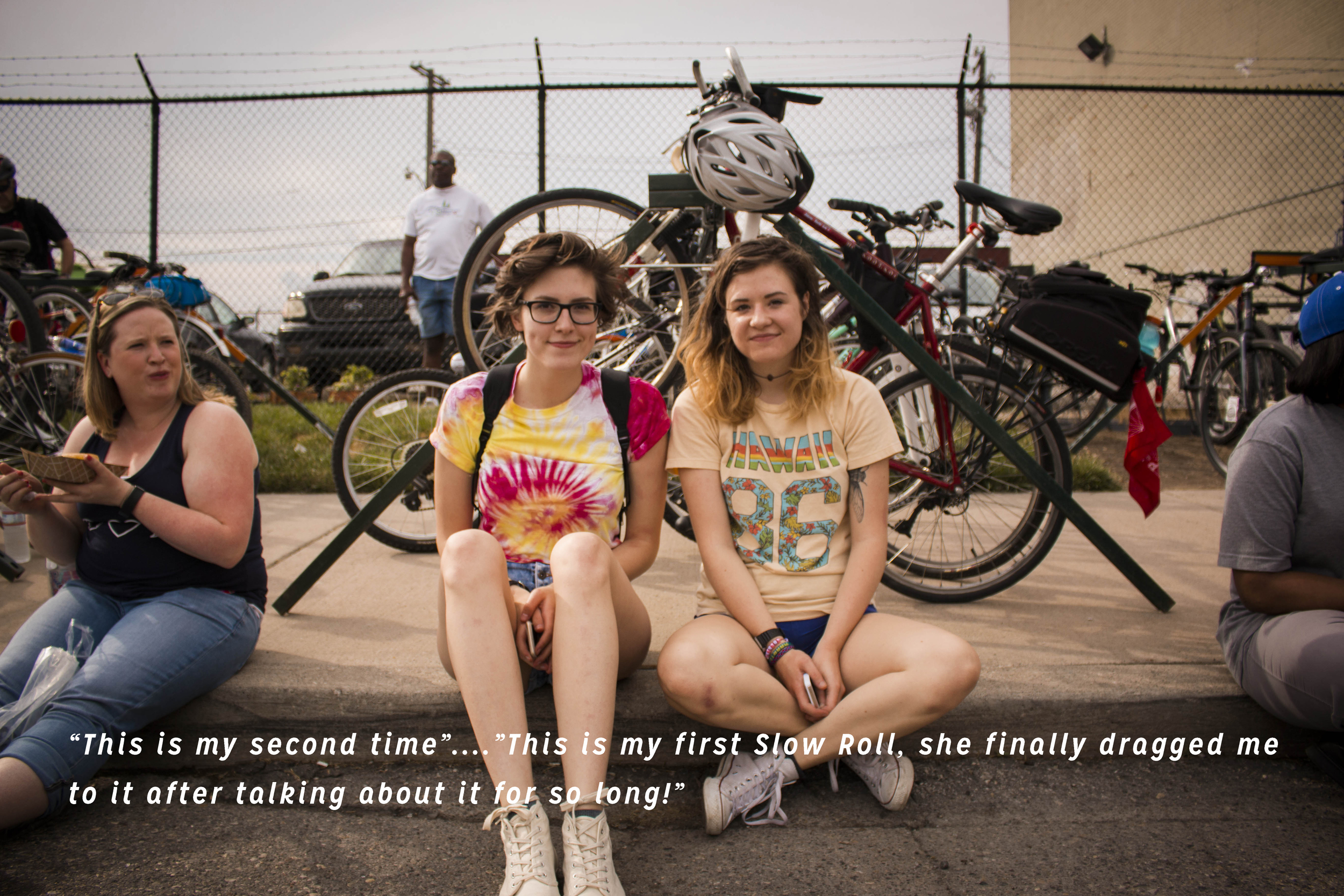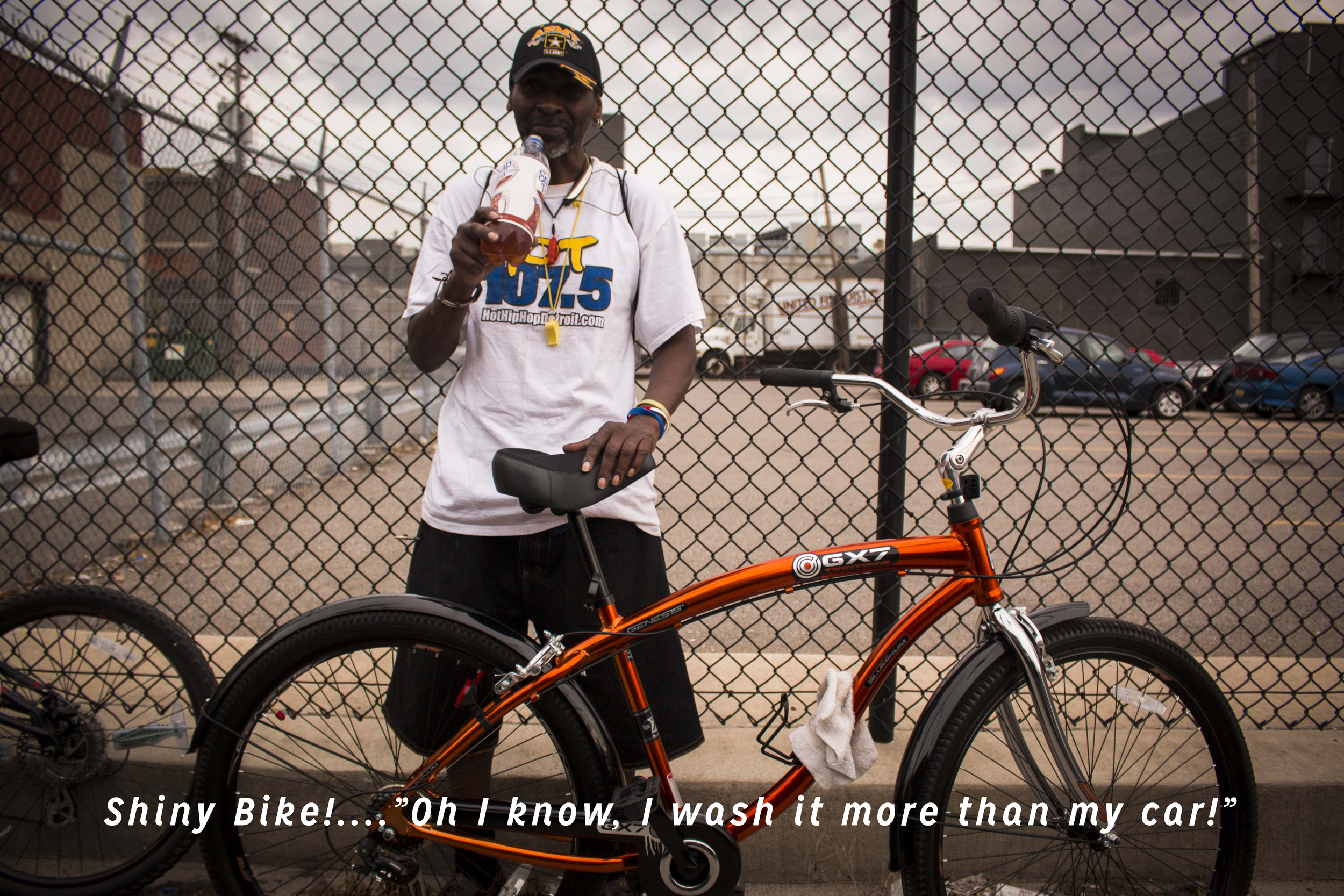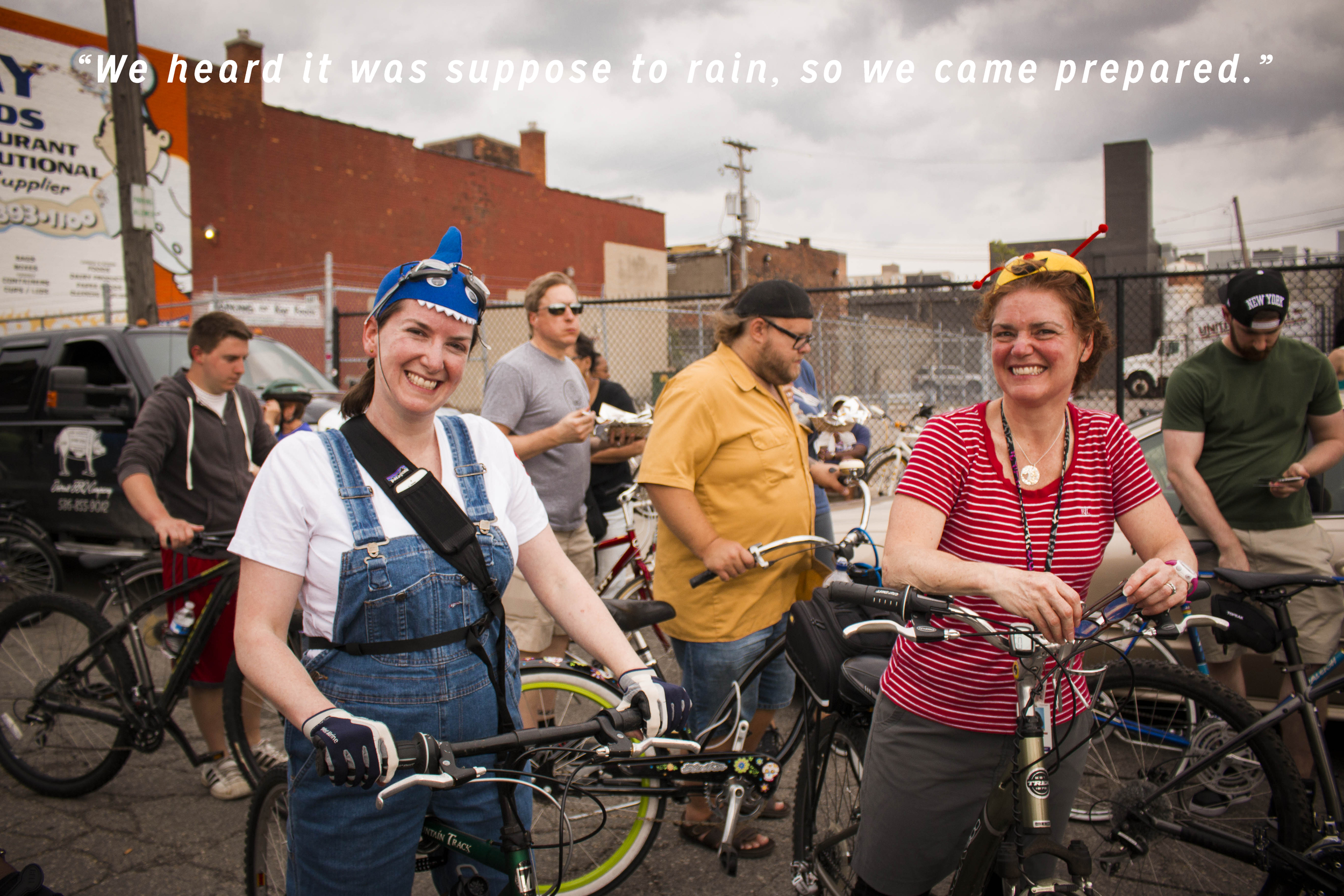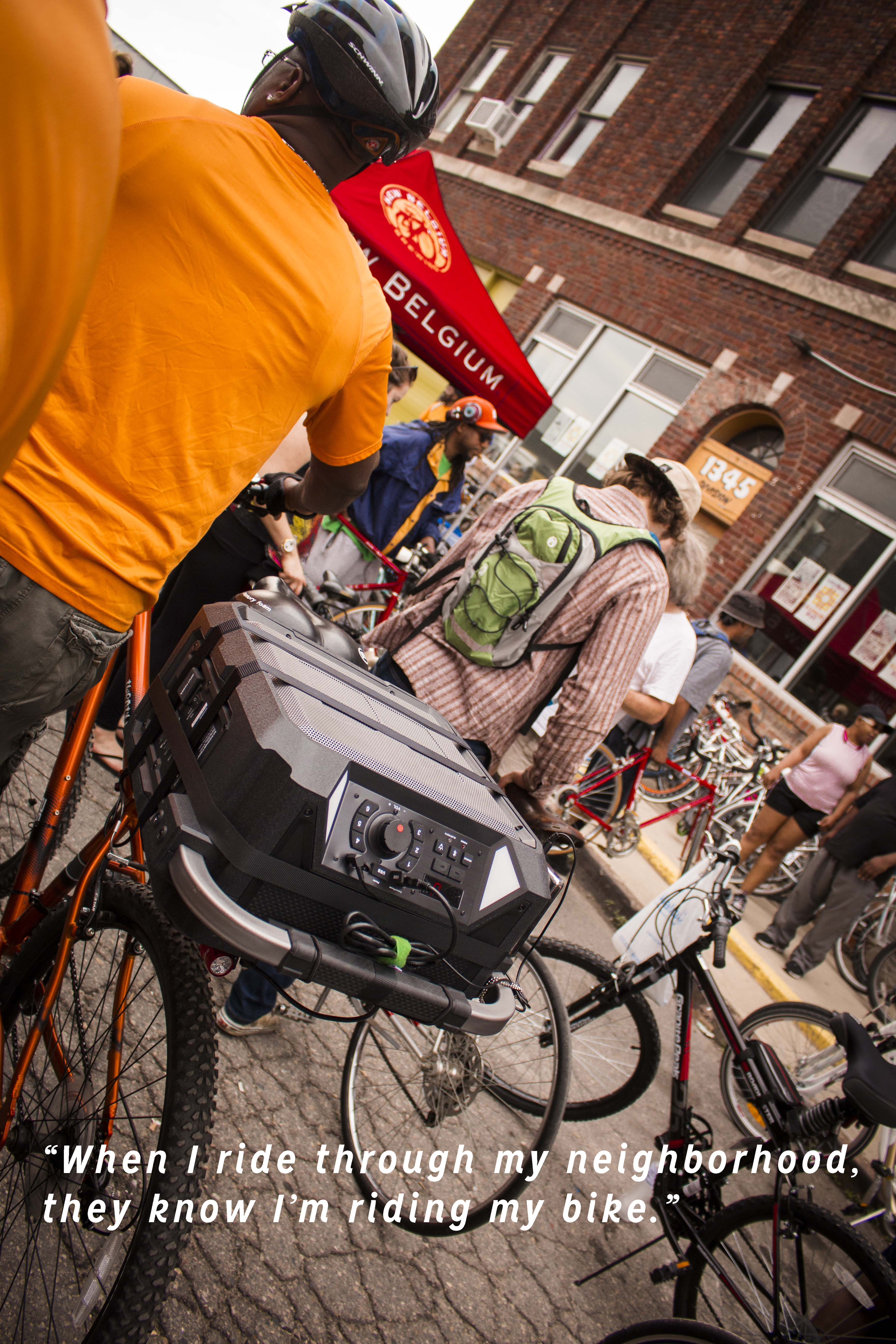Today I am debuting the #bikethecass project. A DIY Bike Sharing program for the Cass Avenue area of Detroit and beyond. You can find all of the information here to be a part of the project:
The Story
Bike sharing has become a viable mode of movement in many cities.
Detroit’s biking communities is growing stronger as well. Combining
these and you get a greater demand for bike sharing in Detroit. The
only issue right now is the lack of bike sharing, only reserved to the
downtown, by a selected group of individuals. This experiment is to
break those boundaries. This sharing system includes recycled cycles,
located at already existing bike racks, and is for anyone who needs to
ride. Here are the steps on how you can use this bike:
How to Start
1. Acquire the code lock: Look up #bikethecass on twitter, facebook,
instagram, etc.
2. Once unlocked, take the bike for a spin, check the map for any
suggested destination or any other bike racks for your
destination. (shown on the map below).
3. At your destination, relock the bike with the lock provided. You
are free to take it back to your previous destination as well.
we just to lock it at a bike rack when use is done.
4. Share you adventure! Take a picture of your ride and/or
destination. Use #bikethecass to spread your ride to future users
and the community.
Stay tuned for day by day updates...


